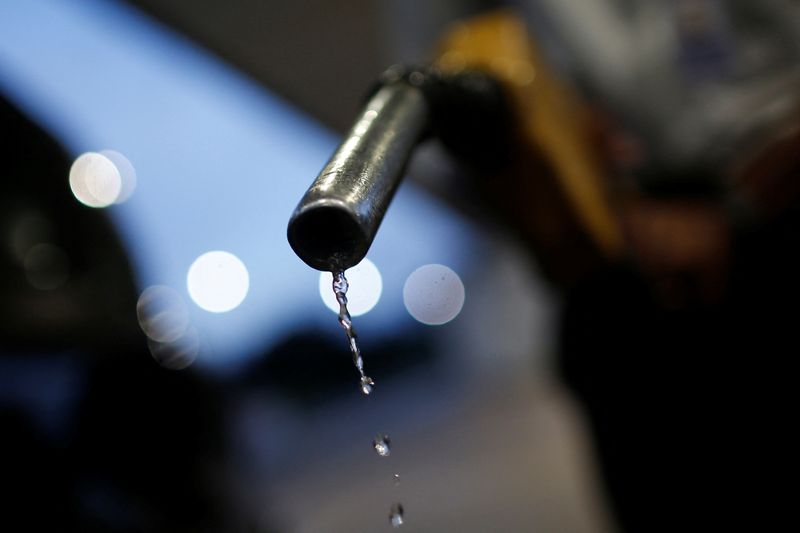A look at the day ahead in markets from Sujata Rao
All problems pale when compared with the tragedy of Ukrainians fleeing bombed-out cities.
Others are seeing damage of a different kind -- from near worthless Russian securities on investors' books to soaring commodity prices that will show up the grocery and energy bills of consumers everywhere.
And the ripple effects are still spreading.
After the S&P 500's worst day since October 2020, stock markets show no sign of recovery on Tuesday, with Wall Street futures down another 1% and Europe faring worse. Since mid-February, European banks have lost a quarter of their share value and an earnings hit looks inevitable
The next move contemplated -- a ban on Russian energy imports -- could make matters worse; Capital Economics reckons that will push Brent (currently around $120) to $160 a barrel and European natural gas to 300 euros a megawatt hour from the current 215 euros or so.
Europe as well as a raft of emerging economies would tip into recession.
Europe is resisting that ban, but it hasn't stopped Brent from jumping another $4 a barrel. Meanwhile, the green transition gets ever costlier -- from aluminium and steel used in wind turbines to nickel, a crucial component in electric vehicle batteries, prices continue to soar.
Estimates suggest supply chain glitches pushed average new vehicle transaction prices in the United States almost fifth above year-ago levels. The hit might be bigger in the coming year, and more so in Europe -- almost half of Germany's nickel is sourced from Russia.
Fast unfolding events and daily commodity price jumps render economic data outdated. Yet they are useful to gauge what might come next; oil import costs triggered the biggest Japanese current account deficit since 2014, data showed.
U.S. February CPI, due Thursday, is expected at 7.9% year-on-year, but with last week bringing the fastest gasoline price surge in 17 years, the March print could eclipse that.
It leaves central banks facing the growth-inflation conundrum. In the euro zone where policy options are arguably most limited, two-year German "breakevens" a future inflation gauge, have soared above 5%.
Commodity prices https://fingfx.thomsonreuters.com/gfx/mkt/egvbkqbonpq/Pasted%20image%201646687011742.png
Key developments that should provide more direction to markets on Tuesday:
-BOJ's Kuroda rules out policy tightening to address cost-push inflation
-German industrial output rises in January

-U.S. trade balance/inventories
-Poland central bank meets.